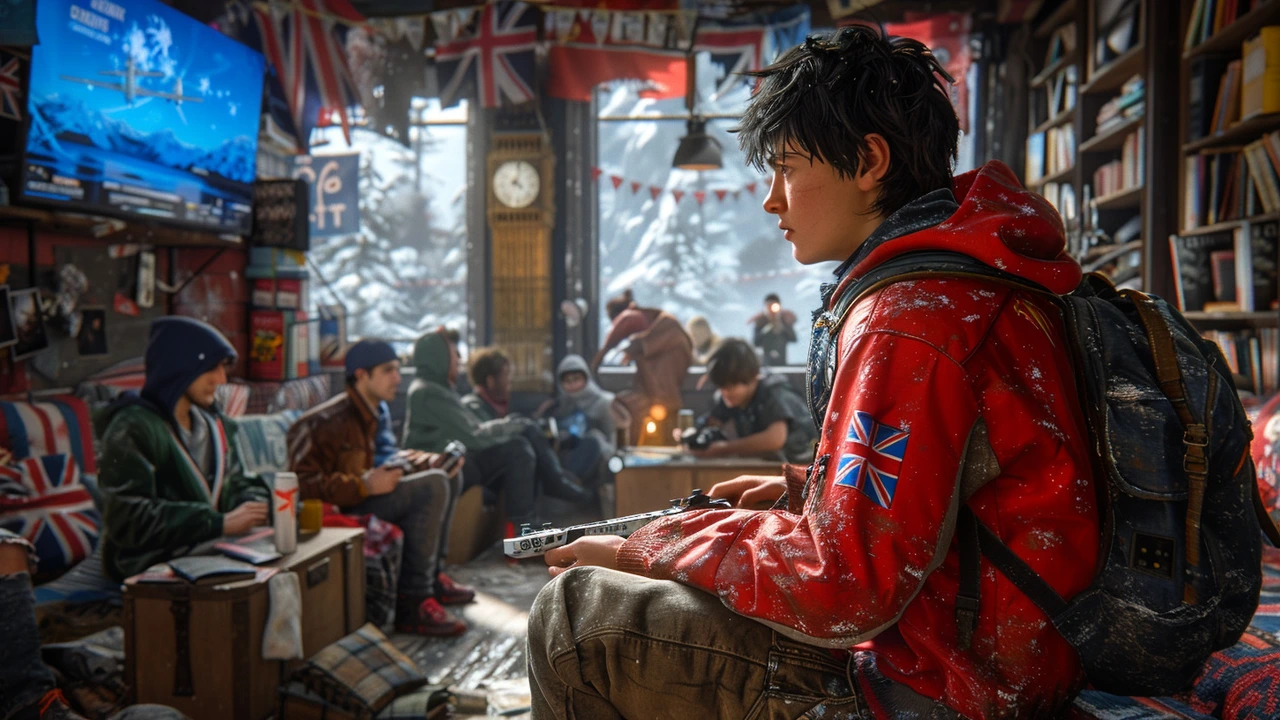In-Game Advertising: How to Reach Players Without Killing the Game
In-game advertising means placing real-world ads inside video games. That can be a billboard in a racing title, a sponsored skin in a battle royale, a short video for rewards, or an interactive playable ad in a mobile app. Done right, these ads pay for development, reach engaged audiences, and blend with gameplay instead of interrupting it.
Common ad formats and how they work
Static placements are digital billboards, posters, or branded items that appear in the game world. They’re low-friction and feel native in sports, racing, and open-world games. Dynamic in-game ads are updated server-side so brands can change creative in real time—useful for promotions or time-sensitive campaigns.
Rewarded ads give players in-game perks (extra lives, currency, or boosts) in exchange for watching or engaging with a short video or interactive unit. They perform well because players opt in. Playable ads let users try a mini-version of the game or an experience tied to the brand—great for app installs and high engagement.
Where in-game advertising shines
Targeting matters. Games collect context: genre, player level, session length, and geography. That helps brands reach active, often young audiences who spend hours in-game. Metrics like viewability, completed views, engagement rate, and post-ad conversions show real performance. Tracking installs, in-app purchases, or store visits helps tie spend to outcomes.
In-game ads can be cheaper than TV or prime social slots because they reach a captive audience and often avoid ad blockers. For mobile marketers, rewarded and playable units typically show higher completion and conversion rates than standard banners.
But there are risks. Poorly placed ads break immersion, upset players, and bring negative PR. Data privacy and platform rules matter—console, PC, and mobile ecosystems have different restrictions and reporting rules. Work with publishers and SDKs to ensure ads meet platform guidelines and respect user consent.
Want results? Follow a few simple rules: match the ad to the game’s tone, avoid blocking gameplay, offer value (like rewards), and measure beyond impressions. Test creative versions and placements—A/B testing in a live environment quickly shows what keeps players engaged and what drives conversions.
Quick checklist for your campaign: pick the right format (static, dynamic, rewarded, playable), define clear KPIs (views, completions, installs, purchases), agree on targeting with the publisher, test creative variations, and monitor player feedback. If players complain, change fast—negative sentiment spreads quickly in gaming communities.
In-game advertising isn’t magic, but it’s powerful when brands respect players and the game world. Use context-aware ads, measure real outcomes, and prioritize the player experience—those three steps turn game time into a strong, measurable channel for your brand.


